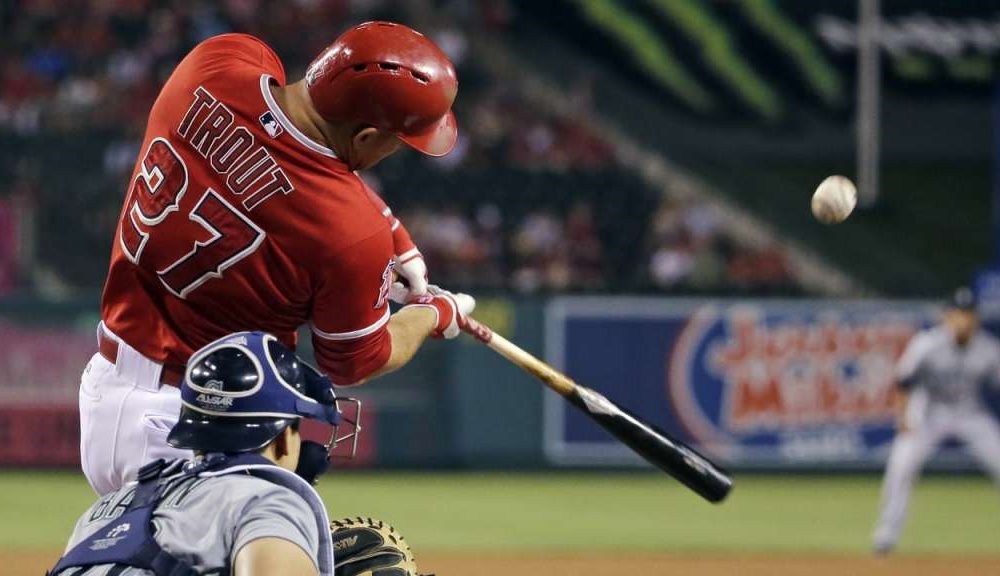
“Hitting gap to gap” is more than just a baseball and softball term.
Yes, it’s an amazing way to warm up when you are going through your batting routine. And of course, it’s a great drill to work off a tee or if someone throws you a soft toss.
You set up the ball appropriately and drive it to right center and left center. It’s kind of obvious or practical to drive the ball in the gaps. The right and left center gaps give you the best results, the most power, the greatest options. Whether you are moving runners around, or looking to get extra bases, hitting gap to gap is the most effective and efficient approach from a hitter’s perspective.
But now, think about not just hitting in the GAPS, but living in the GAPS.
Ideally, we should all think about:
- Doing the right thing.
- Going down the right path.
- Trying not to upset anyone.
- Working hard to get better.
- Making our lives as easy as possible.
- How to be successful.
We don’t consciously try to make our lives difficult, or hit the ball right at someone. For the most part, we don’t just hope for the best, or hope they make an error, or hope the ball takes a bad hop, or even hope that the sun gets in their eyes. I know sometimes we hope for those things to happen, but they are really not likely to happen.
Have you ever heard the saying, “hope is not a strategy”? It’s a very common phrase in the business world. Well, the same thing goes for playing the game. You don’t just show up at the park, school, or work and just hope things go well, and hope you will find the GAPS.
There are GAPS all around us in our athletic, personal, academic and professional lives. Living in the GAPS means you work hard to find the “gaps” in life. You plan to be successful by thoughtfully putting in the work before getting in the box and driving the ball into the gaps. You know good things happen when you drive the ball into the gaps on the field and the same goes in life. Gap2Gap is a way of life – it’s more than just an ideal approach to hitting.
Author: Brian Vail
